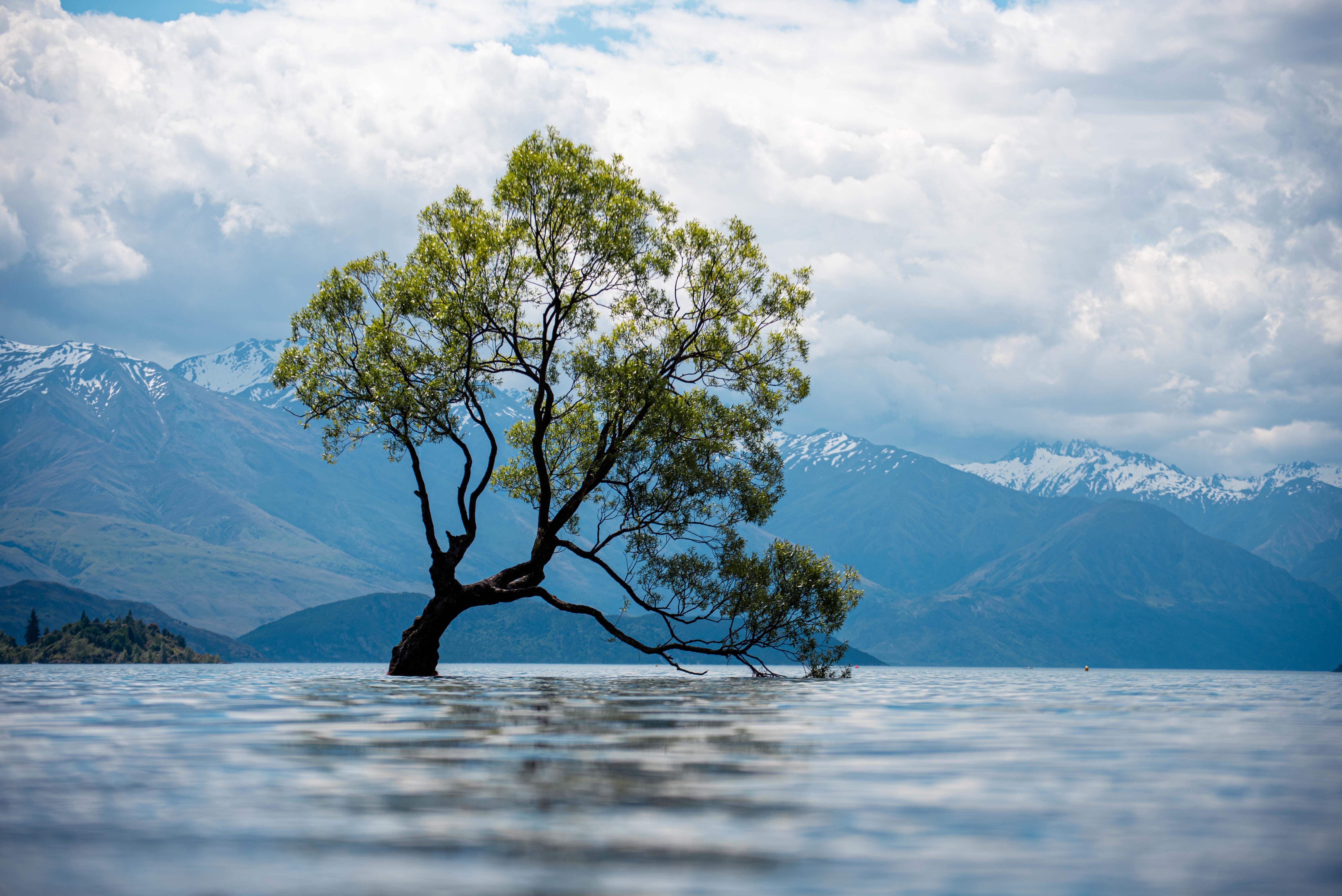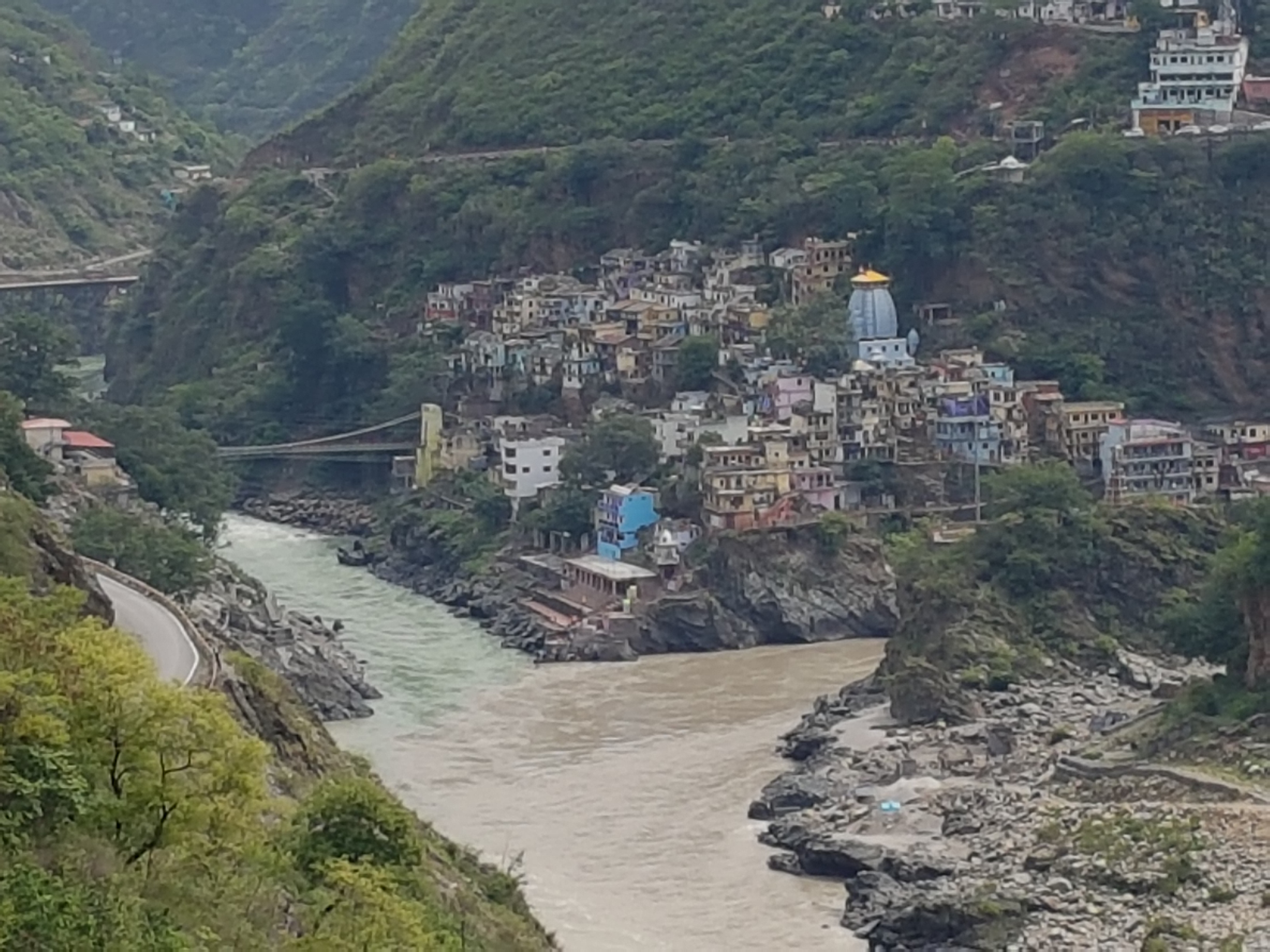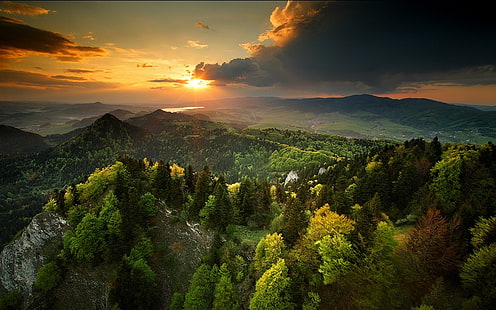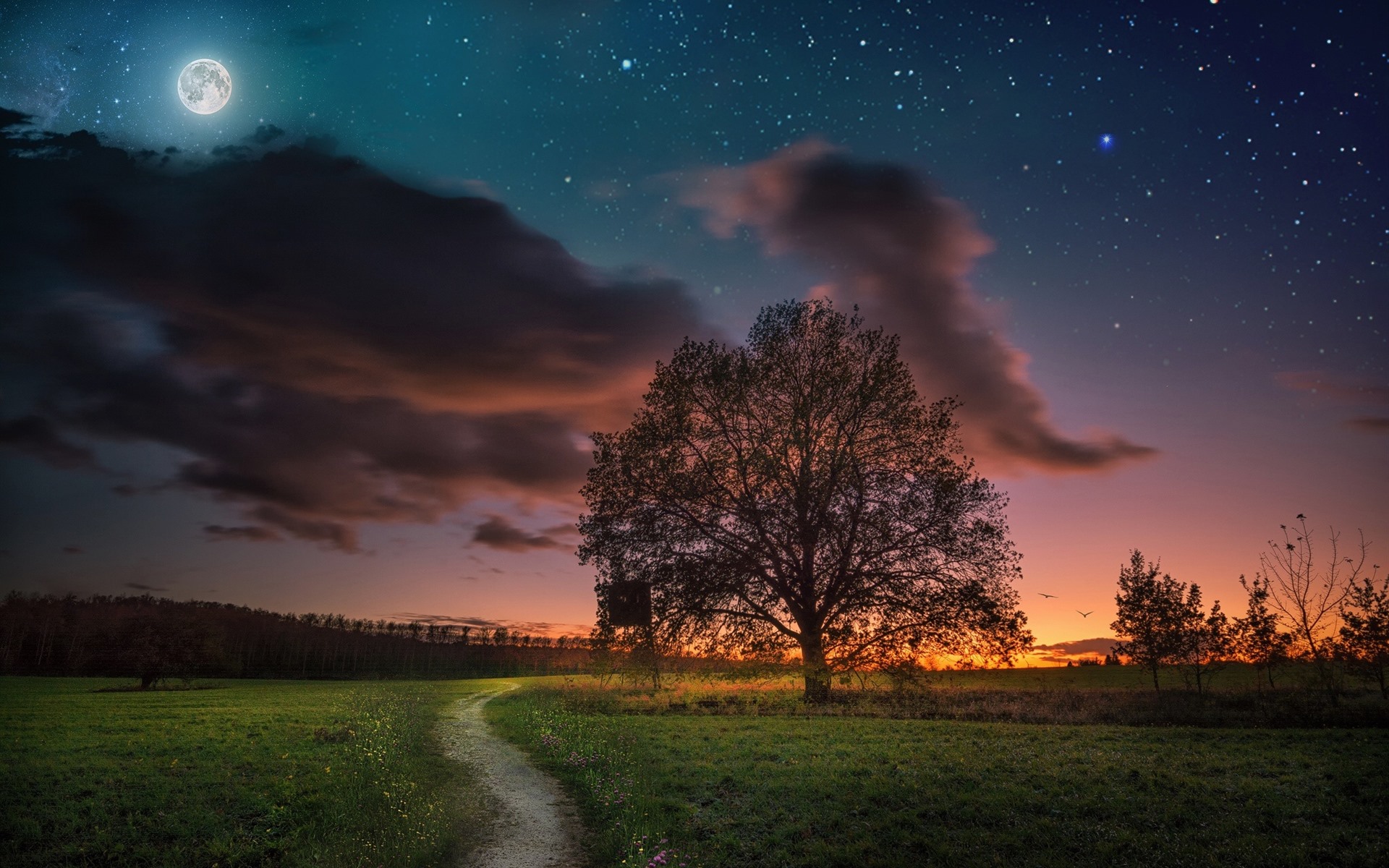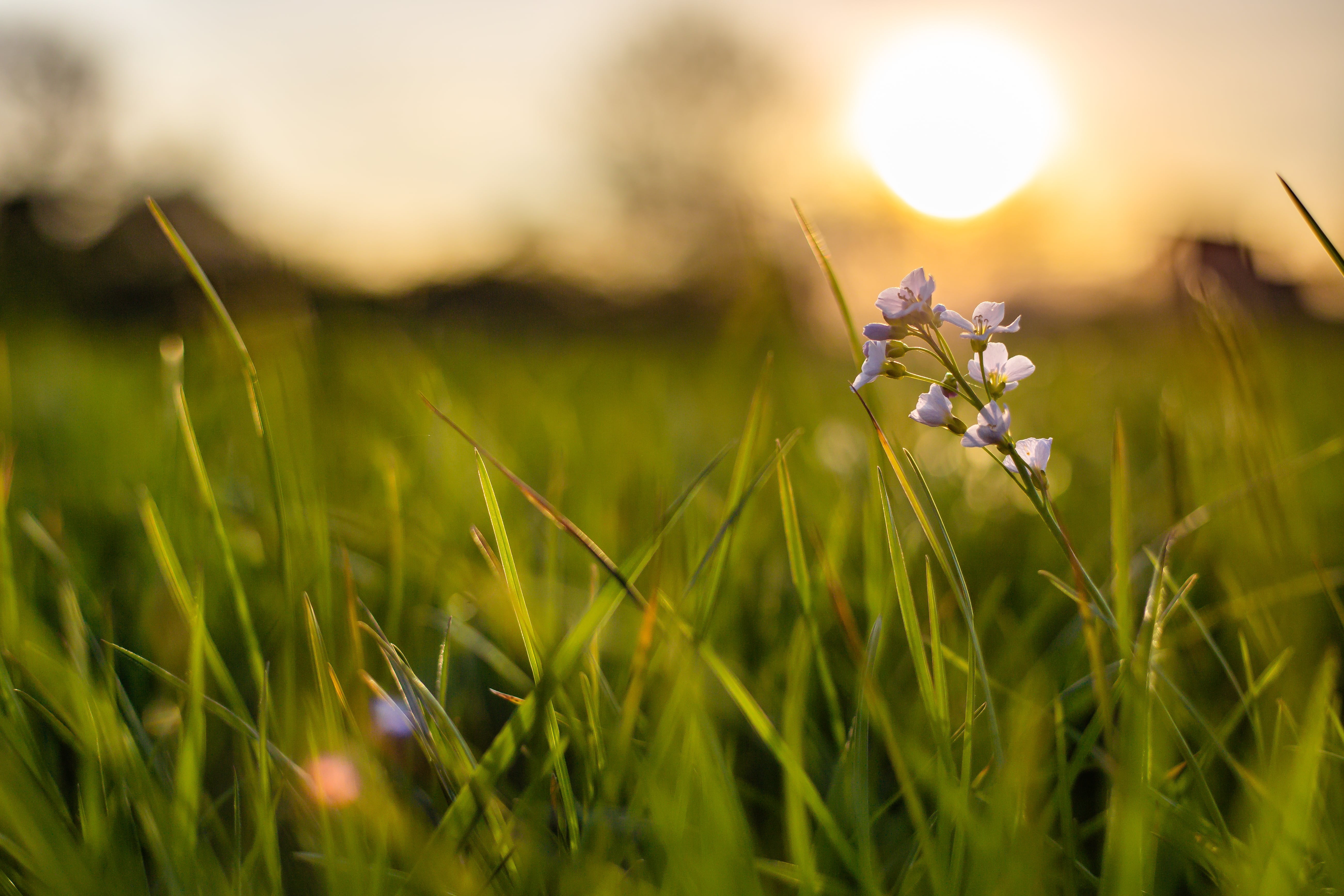Vedic Devatās
The hymns of Vedic texts are known as Mantras. The Ṛṣīs of the Vedic period can be seen praying to various deities for the cure of their diseases for getting children, for the livestock and for victory in battle etc. Similarly, the society of the Vedic period also worshipped various kinds of objects and also saw divinity in them too. The deities of Vedas are called as Devatās. The Vedas are mostly about prayers to please these Devatās by praising them, their glory, their deeds and the like. Most of the verses are prayers in seeking wealth, prosperity, protection from enemies, salvation and help in battle etc.
The hymns of Vedic texts are known as Mantras. The Ṛṣīs of the Vedic period can be seen praying to various deities for the cure of their diseases for getting children, for the livestock and for victory in battle etc. Similarly, the society of the Vedic period also worshipped various kinds of objects and also saw divinity in them too. The deities of Vedas are called as Devatās. The Vedas are mostly about prayers to please these Devatās by praising them, their glory, their deeds and the like. Most of the verses are prayers in seeking wealth, prosperity, protection from enemies, salvation and help in battle etc.
The Devatās of Vedic period are said to be living in three worlds viz, earth, Space and Heaven. There are thirty three main groups of deities in the Vedas. These deities are said to be located in three worlds each. The three worlds are the heaven, the atmosphere and the earth. Though there are various kinds of Devatās in Vedas, among them som of these deities, to say twenty are the most important. Sūrya, Mitrá, Savitā (Savitṛ), Pūṣan (Pusha) and Vishnu (Viṣṇu) are the Sun Gods. Váruṇa is the god of the sky. Aśvin’s and Uṣás’s are the gods of dawn. Indra, Rudra, Maruts, Pārjánya are the gods of rain and wind. The chief deities of Pṛthvī are Agni, Rudra, Váruṇa and Soma. Indra is the chief deity of the atmosphere. Agni, Soma, Vishnu (Viṣṇu) and Váruṇa are considered to be the helpers of Indra. The Sūrya is considered as the chief deity of the world.
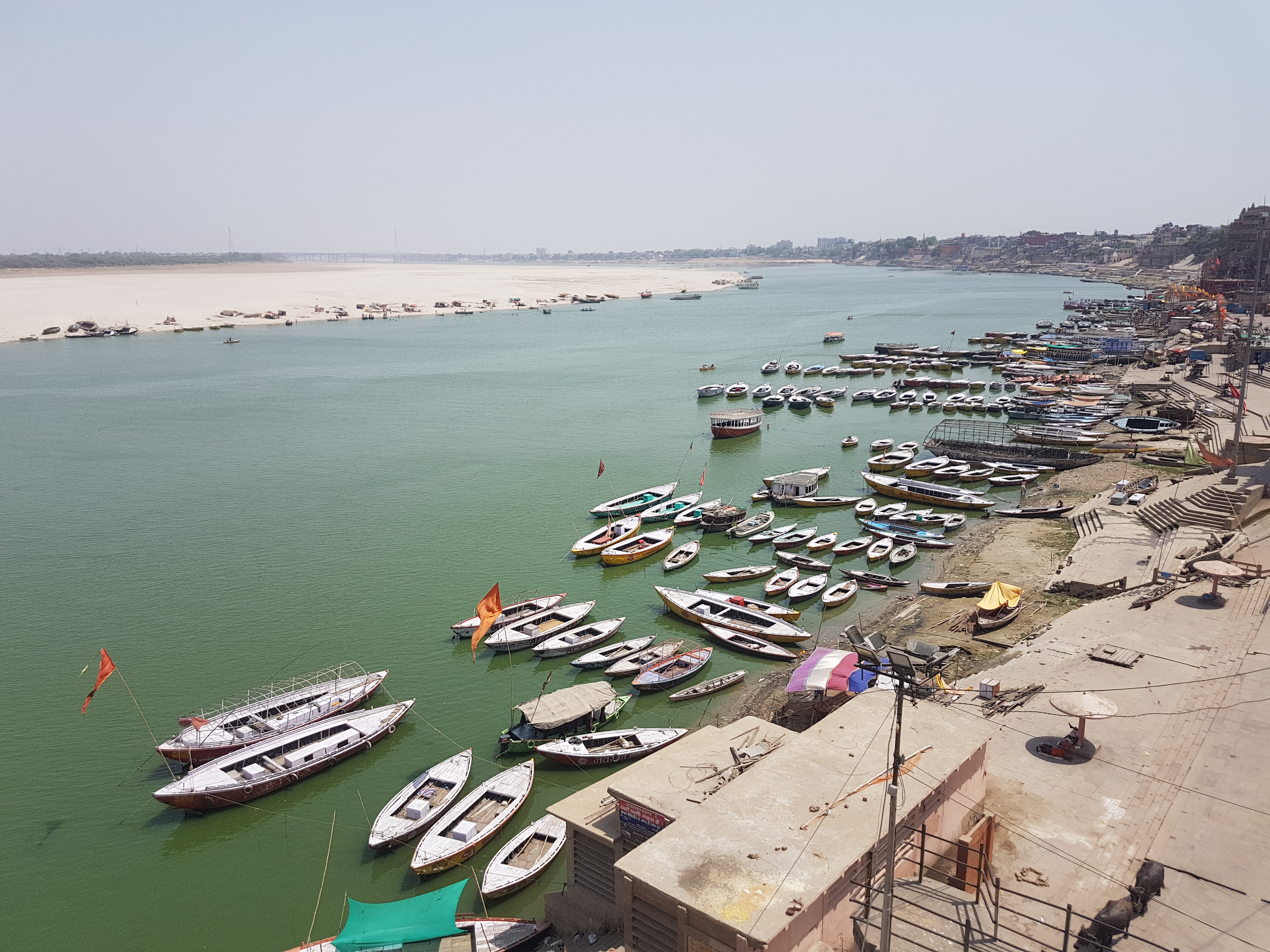
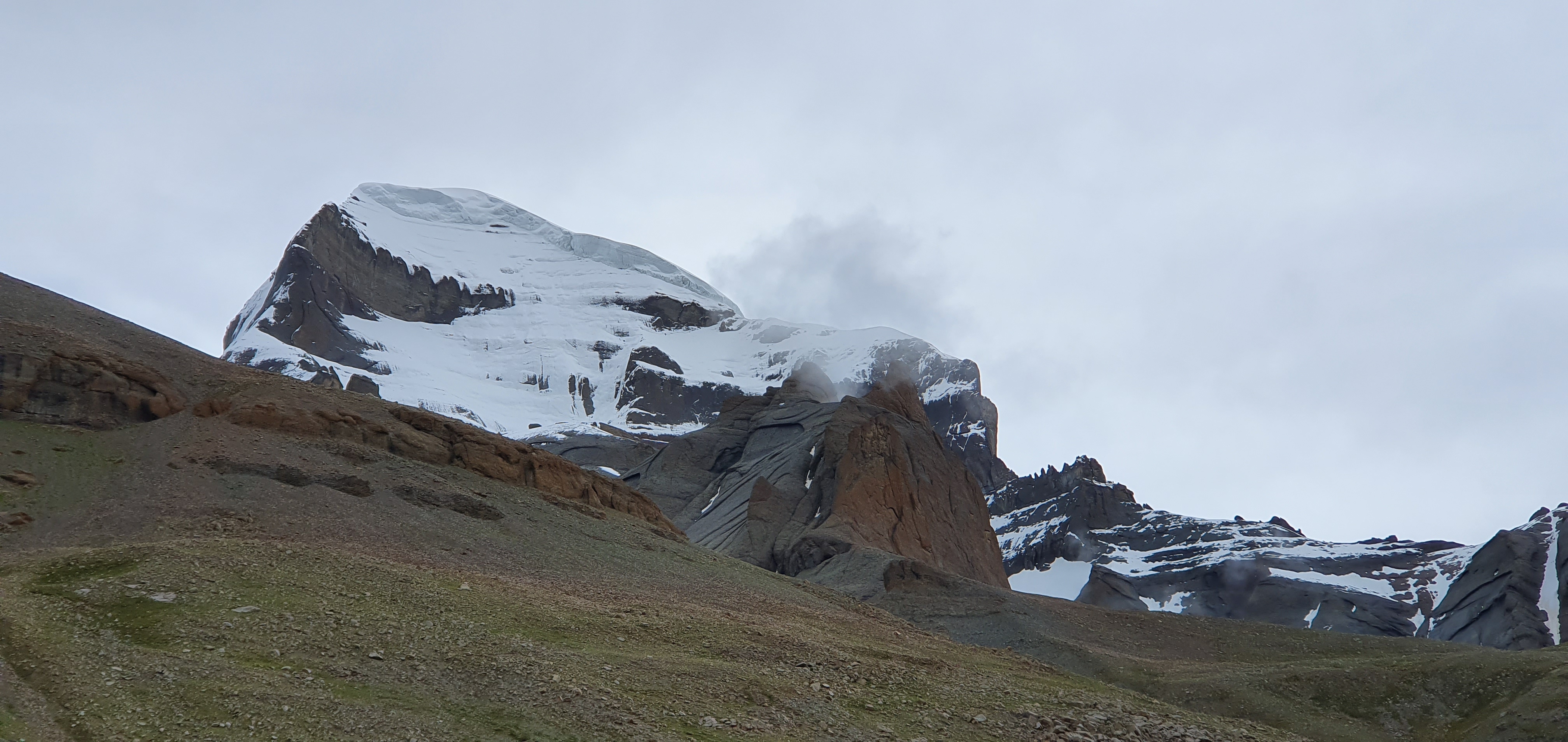
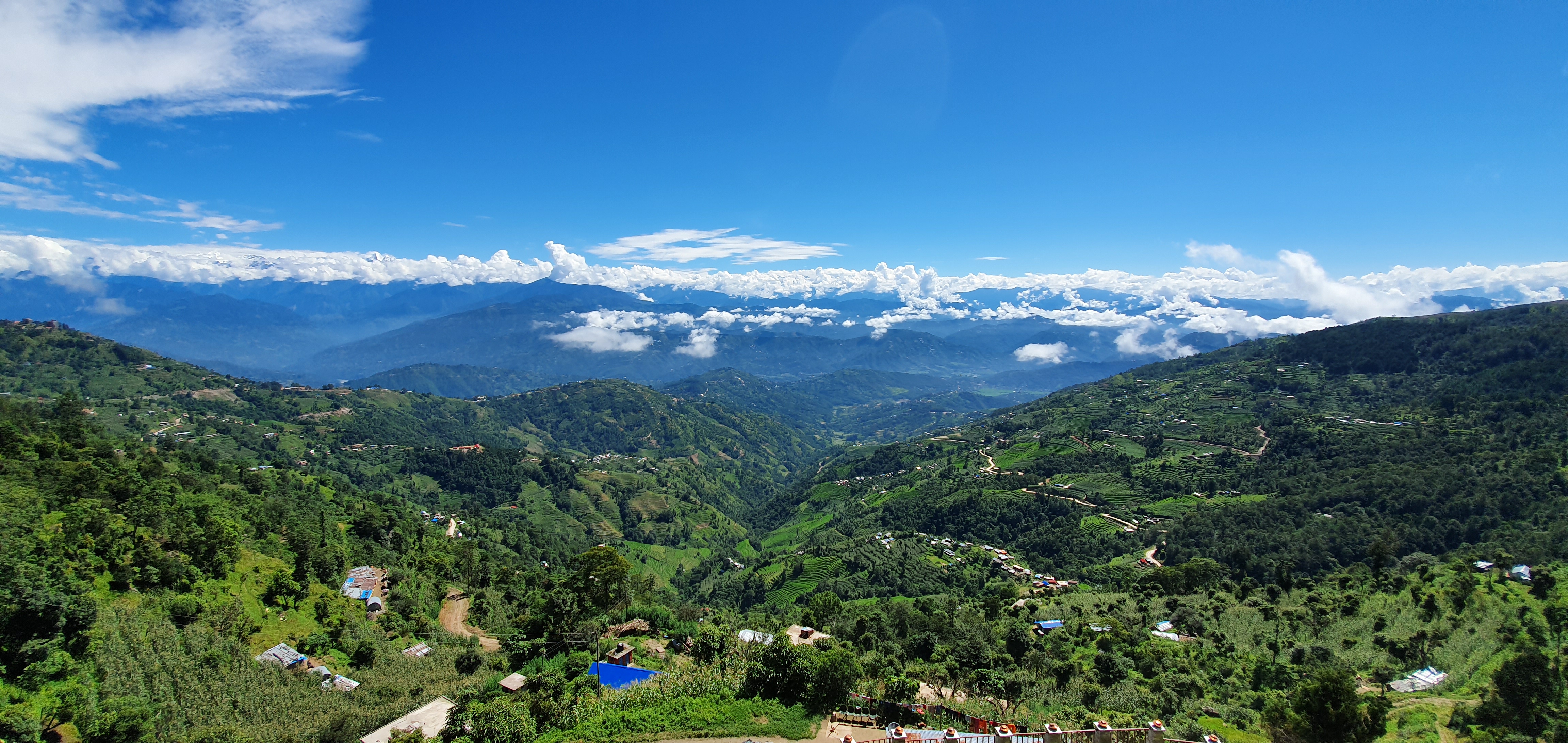
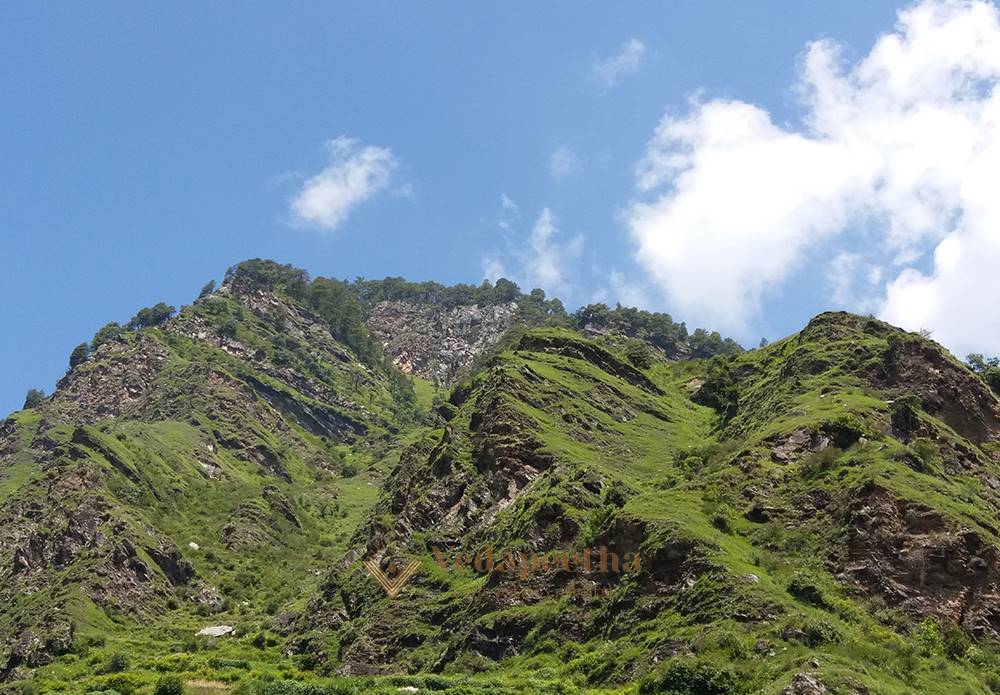
.jpg)
